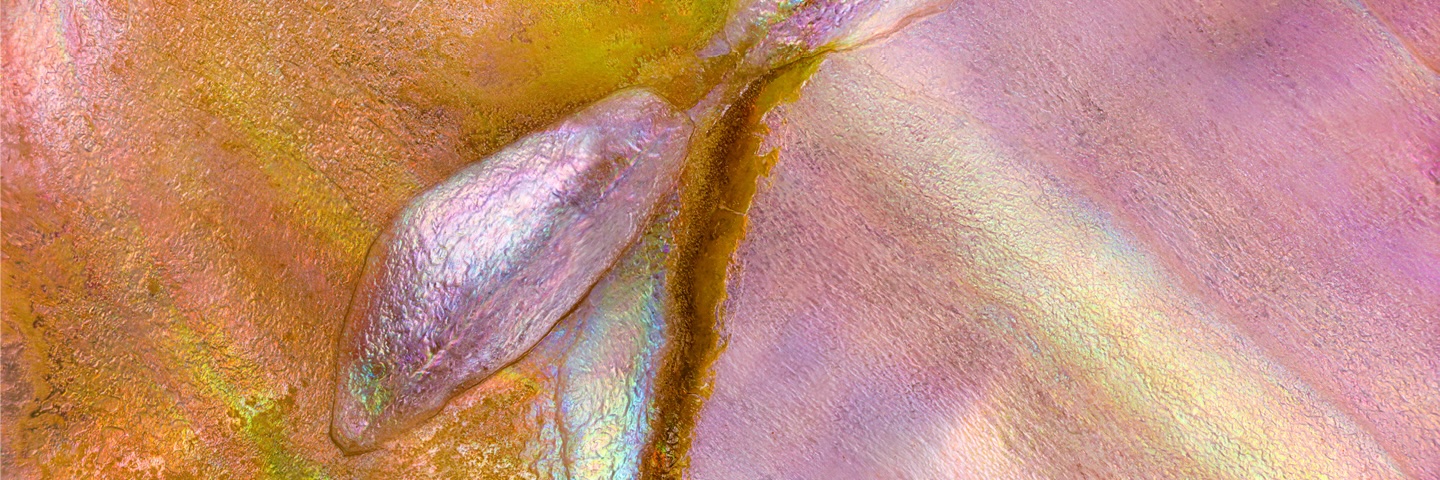
Voices from biodiversity
Every voice offers a new perspective. These interviews bring you closer to the people who work every day to study, protect, and share biodiversity. Different backgrounds, diverse expertise, and stories that intersect. Listening to them means stepping into the heart of knowledge, where ideas take shape.
Order by
-
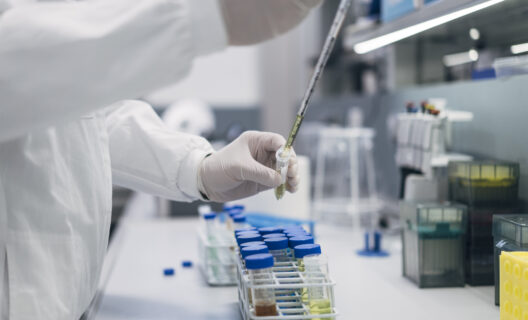
Biodiversity and circular health: the integrated approach of Aboca
A dialogue with Jacopo Orlando on agricultural strategies, research and projects with NBFC
Jacopo Orlando is an agronomist and agricultural economist. At Aboca he is in charge of institutional relations in agriculture and coordinates the Impact and Sustainability Office. His efforts are focusing on biodiversity, or the variety of life forms that populate an ecosystem, and how it can be integrated into on-farm practices to ensure health and well-being-partly through his collaboration with NBFC.
-
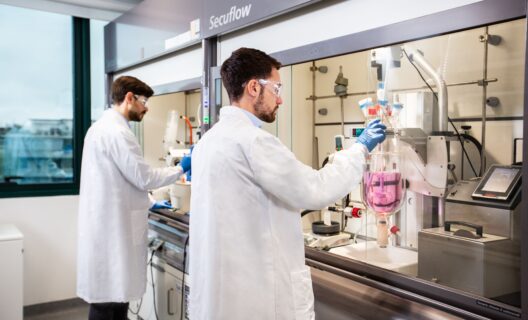
From nature to drug with the help of artificial intelligence
Interview with Dompé on the NBFC project, where biodiversity and biotech meet
In a world increasingly concerned with health, the environment and sustainability, biodiversity is proving to be a scientific resource of incalculable value-even for pharmaceutical innovation. Maria Candida Cesta, head of scientific collaborations and R&D Funding at Dompé farmaceutici, takes us behind the scenes of a work that brings universities, industry and institutions into dialogue, seeking a balance between science, biodiversity and the future.
-
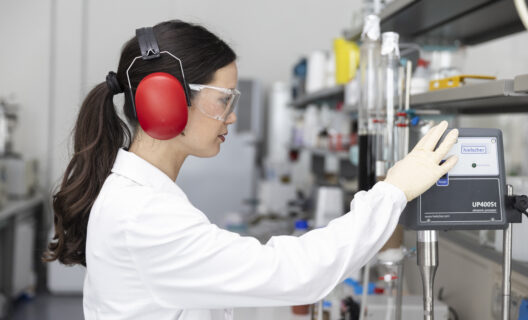
PlantaRei: everything flows, even green innovation
Biosolutions, circular economy and regulatory challenges for a sustainable future
At a time in history when sustainability is no longer an option but a necessity, the transfer of scientific research to the market is one of the great challenges of our time. It is in this context that Liberinnova, the white paper writing project designed to modernize European legislation on botanicals, was born. The project, led by PlantaRei together with an international team of experts, has a specific goal: to make the pathway that brings biosolutions from trials to consumers faster, more transparent and more effective. We talked about this with Elena Sgaravatti, CEO of PlantaRei and an influential voice in the biotech world. From the central role of plants to the need for proper scientific communication, passing through the deep meaning of “common good,” a strong and concrete vision emerges: innovation can no longer wait.
-
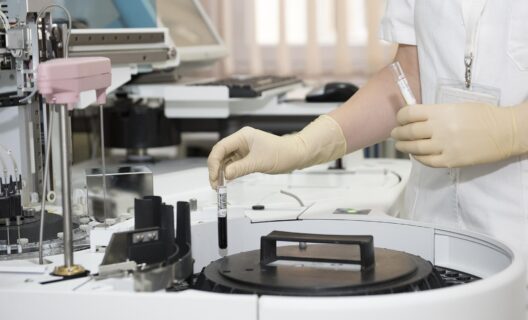
Inside the esposoma: health, city and future
Gloria Bertoli guides us on a journey between science, the environment, and personalized medicine
What does urban biodiversity have to do with our daily health? And why will the medicine of the future have to take into account the environment in which we live, the quality of our food, the air we breathe, and even the condition of our neighborhood? To answer these questions, we interviewed Gloria Bertoli, director of the Institute of Bioimaging and Complex Biological Systems at CNR and co-leader of NBFC’s Spoke 6. The interview is a real journey inside the concept of “esposome,” a technical term that is fundamental to understanding how every stimulus we receive affects our health. The topic is as much scientific as human, and has profound implications not only in the clinical field, but also in the social, environmental, and economic spheres.
-
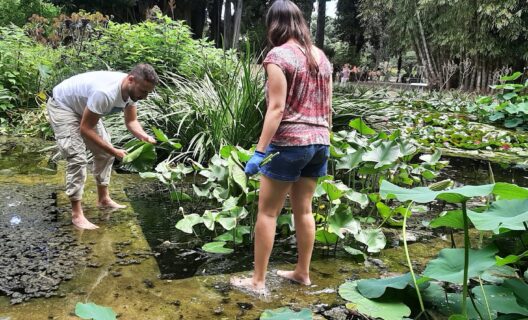
Research and business: ‘biodiversity is a mine’
An interview with Flavia Guzzo on the untapped potential of our flora
Italian biodiversity is a still largely unexplored treasure , capable of offering innovative solutions for human health and environmental sustainability. This is the context for the work coordinated by Flavia Guzzo, professor of botany at the University of Verona, who leads a team of more than 100 researchers within the NBFC project. At the center of their efforts is the enhancement of native and allochthonous Italian plants through careful chemical and biological analysis to identify properties useful in the development of nutraceuticals, natural medicines and tools for a more ecologicalagriculture. Through a rigorous, multidisciplinary approach, also supported by artificial intelligence, the group is paving the way for new applications of plant biomolecules, while promoting biodiversity protection and basic scientific research.
-
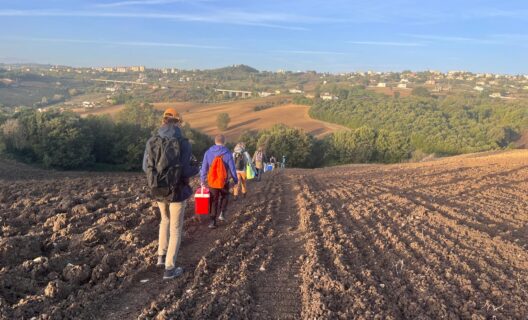
Urban roots: journey to discover hidden biodiversity
Bioinformatics and botany united for greener cities
There is a hidden world pulsing beneath the asphalt of our cities, an underground realm crucial to our quality of life. An interview with Gabriella Sferra, a bioinformatics expert in botany at the University of Molise, reveals the vital importance of the biodiversity associated with urban tree roots, which are essential for healthier, more resilient cities capable of meeting environmental challenges.
-
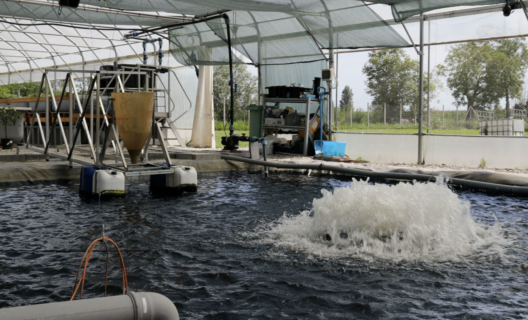
Aquaponics: nature and sustainable technology
From environmental biodiversity to microbiological biodiversity, the Fish&I project as told by one of the protagonists.
Micaela Tiso is the managing director of Micamo Lab, a biotech company founded as a spin-off from the University of Genoa that focuses on environmental microbiology and molecular biology. Together with Nutri-tech and Ideaas (project leader), Micamo Lab is participating in Fish&I, a project involved in a challenge that is as ambitious as it is necessary: to create an intelligent, sustainable, industrial and scalable aquaponic module, that is, a system capable of growing fish and vegetables together, thanks to the use of advanced technologies such as artificial intelligence and IoT and the intervention of microorganisms.
-
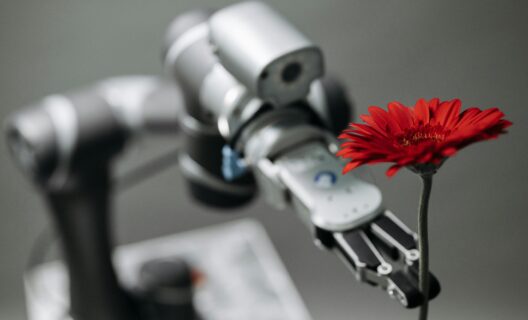
Innovating with biodiversity: a possible bet
Stefano Denicolai tells how biodiversity and innovation can generate new value for businesses and the environment
Stefano Denicolai is full professor of Economics and Business Management at the University of Pavia and president of the ITIR research center. His work focuses on innovation management, or the study of how companies can manage disruptive change effectively. As part of the National Biodiversity Future Center (NBFC), Professor Denicolai works to explore the connections between biodiversity, economic development , and new jobs, trying to understand if and how it is possible to combine respect for the environment and business growth.
-

Nourishing health, every day
With Hellas Cena we discover how wellness is built through daily choices
At the heart of the change that is revolutionizing the way we think about health lies an approach that is as simple as it is revolutionary: the lifestyle medicine. Telling us about it is Hellas Cena, medical surgeon and food science specialist, co-leader of Spoke 6 “Biodiversity and Wellness” of the NBFC project. With expertise and passion, Prof. Cena guides us through an increasingly topical concept: health is not just the absence of disease, but a dynamic balance built every day with nutrition, exercise, sleep, stress management, positive relationships and abandoning bad habits.
-

Microorganisms, protagonists of biodiversity
In their invisible world, biodiversity comes to life
Paola Branduardi is full professor of Chemistry and Biotechnology of Fermentations at the University of Milan Bicocca. Her voice and enthusiasm accompany research that, thanks to her work with NBFC, tries to radically change our relationship with microorganisms, the true protagonists of the ecological and industrial transition. With clear words and vivid images, he guides us into the fascinating world of invisible life.
-
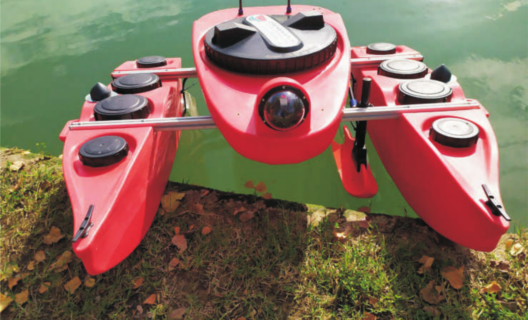
Small, autonomous and affordable: OpenSwap
A possible ideal solution for exploring the biodiversity of less accessible coastal areas
Studying the biodiversity of Italy’s coasts required, until yesterday, suitable boats, large teams, sophisticated machinery and substantial funds. The development of a small, low-cost autonomous vehicle changes the scenario and opens the door, potentially, to more frequent campaigns and more accurate data, within the reach (even) of small administrations.
-

Studying biodiversity from satellite
Used until now only for soil study, today the satellite is also a valuable ally for marine biodiversity analysis
In spy films, satellites are often used to uncover illicit trafficking and monitor the movements of enemy agents. In reality they can serve something monto different but equally fascinating: monitoring the health of marine biodiversity. Marzia Cianflone, a molecular biologist, does just that. “I had never tackled the marine environment before,” she declares, “but I needed to challenge myself and I didn’t want to be monotonous in my course of study.” A second-year Ph.D. student in biology at Professor Simonetta Fraschetti’s Marine Ecology Laboratory at the Federico II University of Naples, he is currently involved in research conducted by NBFC within the laboratory. “The points of contact are many,” he explains, “and the synergies seem to us to be winning.”


